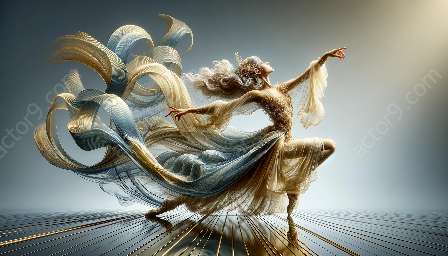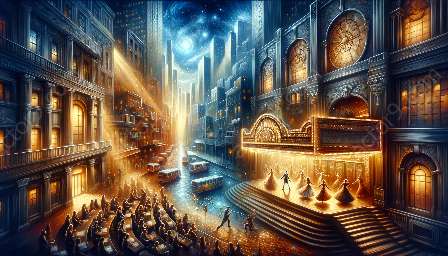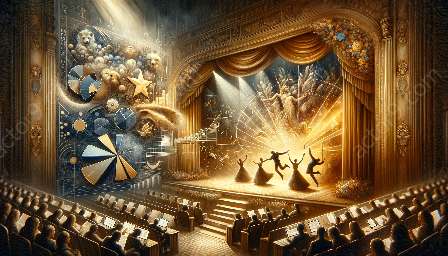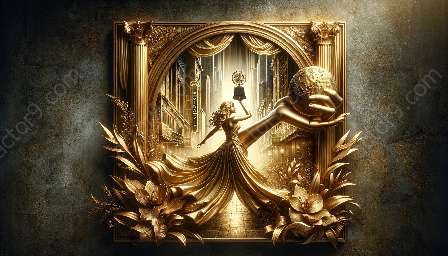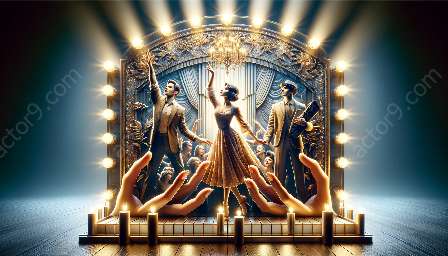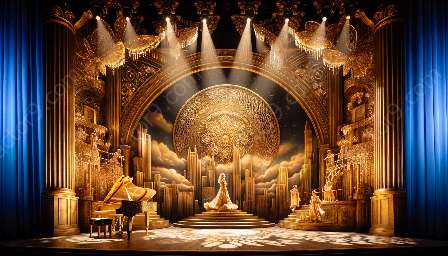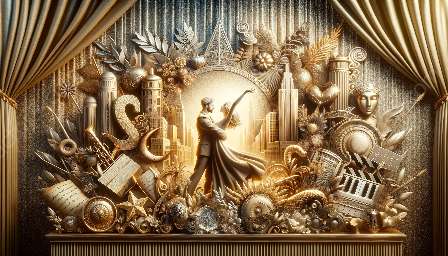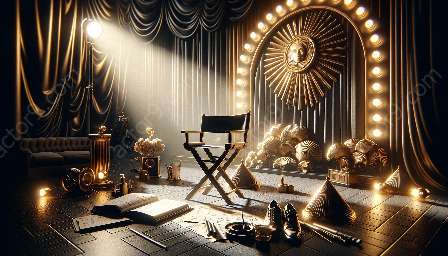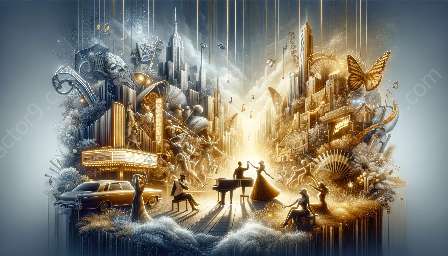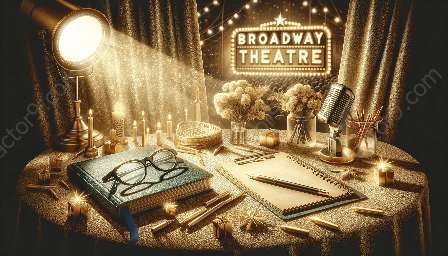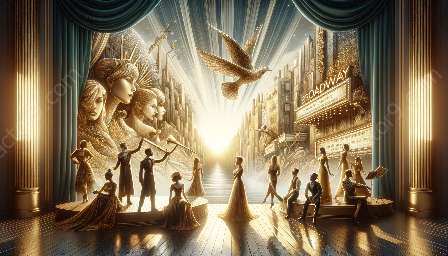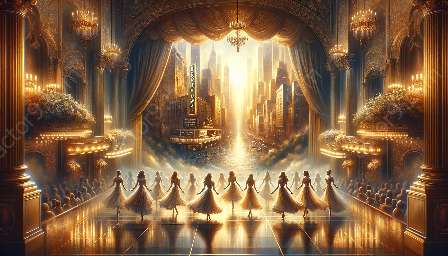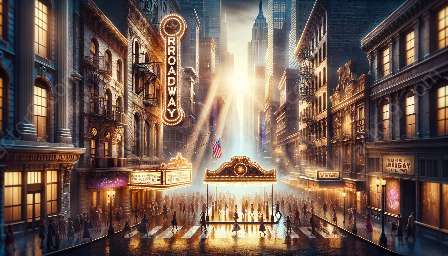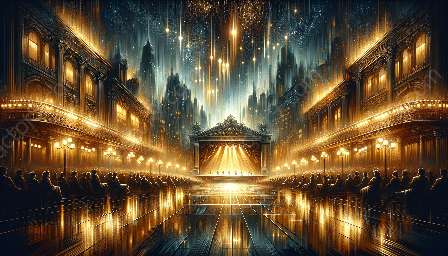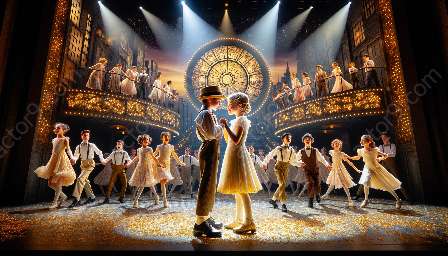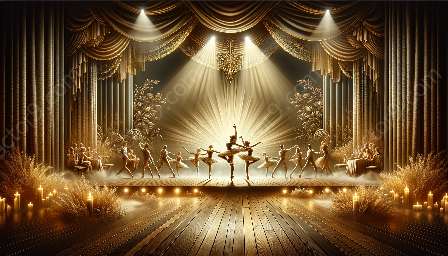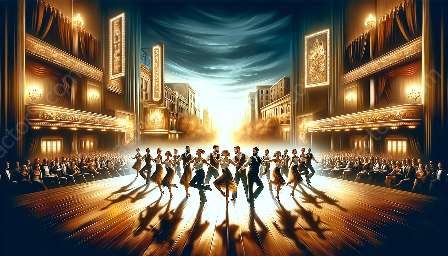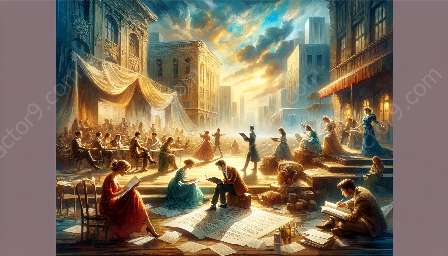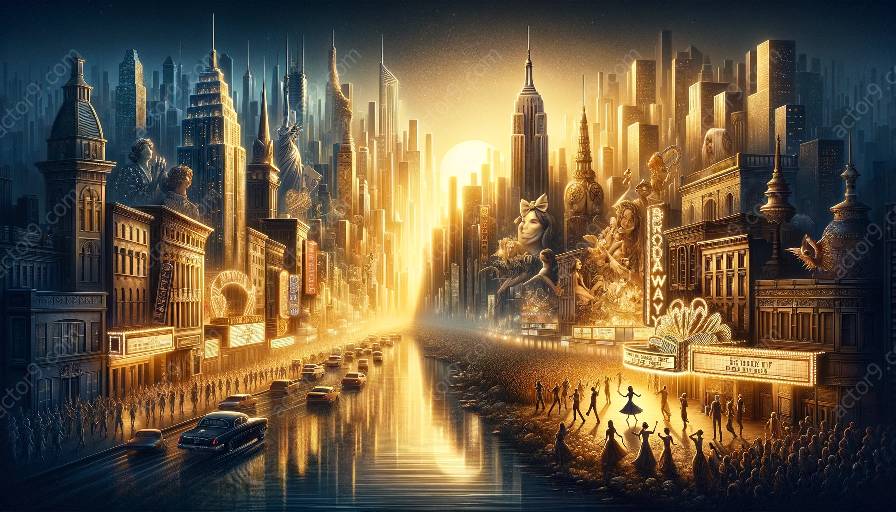The Evolution of Conductor and Orchestra in Broadway
From the early days of Broadway to the present, the role of the conductor and orchestra has evolved significantly, shaping the diverse musical styles seen in Broadway and musical theater. Let's explore this journey of evolution and its impact on the world of musical theater.
The Early Days of Broadway
When Broadway first emerged in the late 19th century, performances were often accompanied by small ensembles or even solo pianists. Conductors were not commonly employed, and the orchestra's role was limited in shaping the musical experience.
As Broadway productions became more elaborate, with larger casts and grander musical scores, the need for a professional conductor and a full orchestra became evident. The conductor's role expanded to not only keeping the musicians in time but also interpreting the musical nuances and directing the emotional flow of the performance.
Integration of Orchestral Music in Broadway
With the integration of orchestral music into Broadway productions, the role of the orchestra evolved to become an essential part of the storytelling process. Orchestration became more complex, reflecting the evolving musical styles of each era, from the romantic orchestrations of the early 20th century to the jazz-infused scores of the 1920s and 1930s.
Conductors and orchestras played a pivotal role in bringing these diverse musical styles to life, and their contributions became integral to the success of Broadway productions.
The Golden Age of Broadway Musicals
The mid-20th century marked the Golden Age of Broadway musicals, with iconic shows such as West Side Story, The Sound of Music, and My Fair Lady. During this period, conductors and orchestras achieved new levels of recognition and influence.
Orchestrations grew more sophisticated, embracing a wider range of instruments and styles. Conductors became synonymous with the unique sound of each production, and their interpretations shaped the way audiences experienced the music and storytelling on stage.
Diversification of Musical Styles
As musical styles continued to evolve, the role of conductors and orchestras in Broadway expanded to accommodate a wide array of genres, from rock and pop-influenced scores to avant-garde compositions. Conductors became adept at navigating the complexities of these diverse musical styles, adapting their interpretations to capture the essence of each production.
With the emergence of jukebox musicals and cross-genre experimentation, conductors and orchestras were at the forefront of blending traditional Broadway sound with contemporary influences, catering to the ever-changing tastes of theater audiences.
Modern-Day Broadway
Today, conductors and orchestras continue to play a fundamental role in shaping the musical landscape of Broadway. With advancements in technology and orchestral arrangements, the possibilities for musical storytelling have expanded, allowing conductors to explore new sonic territories while honoring the rich traditions of Broadway.
The evolution of conductor and orchestra in Broadway has not only mirrored the changing musical landscape but has also been instrumental in defining the unique sound of Broadway and musical theater. From the early days of simple accompaniment to the present-day orchestral grandeur, conductors and orchestras have left an indelible mark on the evolution of Broadway.




